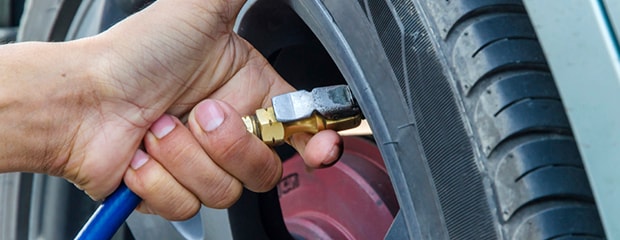
It is always important to know and maintain the suitable amount of air pressure in your vehicle's tires. The right amount of tire pressure is often located on your vehicle's doorjamb, which is also the suggested amount of inflation from the manufacturer. You can also check the manual offered by the dealership.
Tire pressure also depends on various factors, such as the type of drive system you are using, either front or all-wheel drive, and the vehicle's weight. Inflation also affects every aspect of the tire, such as tread contact shape, handling characteristics, and load-carrying capacity. If any of the tires has low pressure, it may cause structural damage since more heat is produced inside the tire. An uninflated tire can make the vehicle to be vulnerable on roads with scattered potholes and bumps. It will also have less grip. The same happens to an overinflated tire. For proper tire pressure maintenance, you should frequently check the psi levels and get a tire pressure gauge.